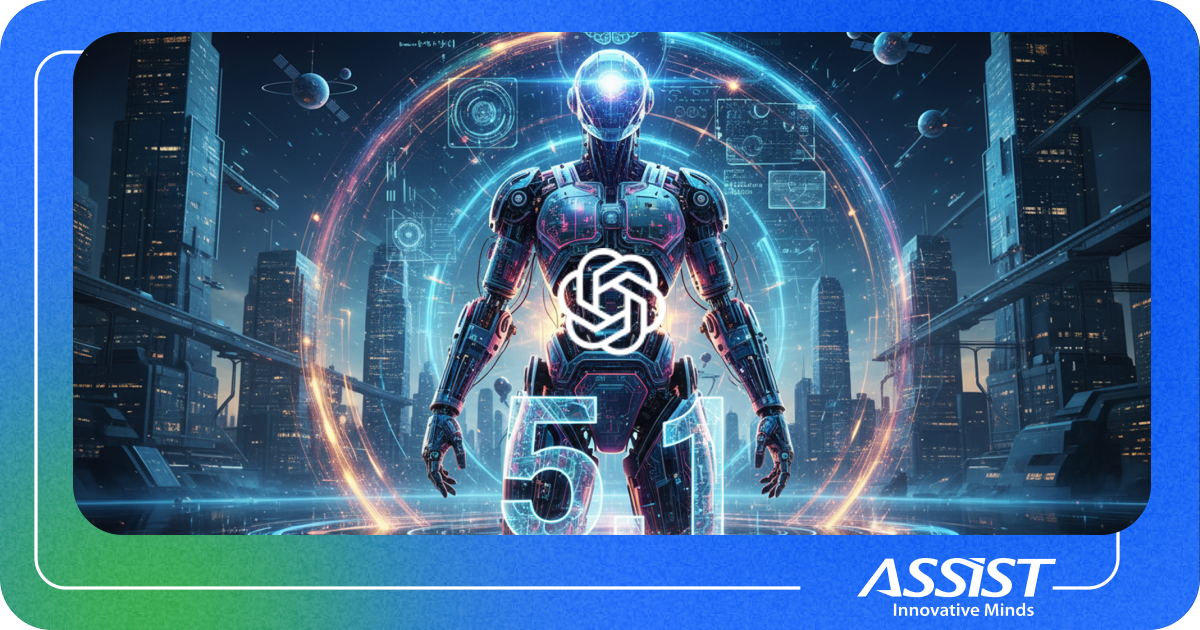How AI Is Reimagining Interface Design in 2025
Artificial Intelligence is transforming the foundations of digital design, reshaping how user interfaces are created and redefining the relationship between creativity and execution. We now live in a moment where natural language can generate an entire layout, from structure to style, in just a few seconds. This shift is giving rise to a faster, more collaborative, and more intelligent ecosystem, one that brings designers and developers closer than ever before.
A New Approach to Collaboration
For much of the industry’s history, interface design followed a predictable sequence of creation, handoff, implementation, and revision. The separation between design tools and development environments created a natural barrier that often slowed down the iteration process.
AI is dissolving that barrier. When a simple prompt can simultaneously generate a design and the underlying code structure, workflows become more fluid and collaborative. Teams can adjust ideas in real time, respond to new requirements instantly, and speak a common language that merges creative thinking with computational precision. The result is a smoother process where design and development evolve together, rather than in isolation.

The Expanding AI Toolkit
Across the digital product landscape, AI-powered tools are accelerating creation and reducing repetitive work. Designers now work with platforms such as Figma AI, Uizard, and Stitch to generate layouts, components, and visual directions in moments. Developers use tools like GitHub Copilot, Cursor, and Claude to accelerate coding, troubleshoot issues, and translate design intent into functional systems.
Meanwhile, emerging platforms, including v0, Bolt, and Lovable, bring both disciplines together, enabling teams to move seamlessly from a prompt to a fully functioning experience without needing to switch environments. This new mode of working, sometimes referred to as “vibe coding”, encourages exploration, rapid prototyping, and a shift in focus from mechanical tasks to meaningful problem-solving.
Where AI Creates Value — and Where It Doesn’t
AI thrives in scenarios where consistency, structure, and speed are essential. It can quickly assemble standard interface patterns, generate prototypes, produce alternatives, and support development teams with boilerplate code. It also reduces friction between design and engineering by turning natural language into shared outputs.
But AI still has limits. It often struggles with complex application logic, deeply customized design systems, and nuanced accessibility requirements. And while it can mimic visual patterns, it cannot replicate human taste, emotional intention, or ethical judgment. Understanding when to rely on AI, and when not to, is becoming a strategic skill for modern product teams.

Evolving Skills for Modern Digital Teams
As AI becomes an integral part of everyday workflows, design and engineering roles are transforming. Designers benefit from technical fluency, prompt writing skills, and a deeper understanding of component-based systems. Developers increasingly need to understand user experience principles, visual hierarchy, and the emotional impact of interface decisions.
Both disciplines now share the responsibility of critically evaluating AI outputs, gaining a deep understanding of foundational principles, and collaborating across traditional boundaries. This merging of skills is shaping a new generation of product creators who work more like interdisciplinary teams than separate departments.
Challenges Worth Noticing
With all its benefits, AI-assisted design also brings new risks. Code generated automatically can become inconsistent if not properly reviewed, and overuse of AI patterns may lead to interfaces that resemble each other too closely, thereby reducing brand identity and differentiation. Automation can also create a risk of skill erosion if teams become overly reliant on machine-generated solutions.
The challenge for modern companies is striking a balance: leveraging AI to accelerate workflows without compromising craftsmanship, creativity, or long-term maintainability.
The Strength of Human Creativity
AI can speed up production, but it cannot replace the uniquely human qualities that define meaningful design. Understanding real people, making thoughtful decisions, applying aesthetic judgment, solving ambiguous problems, and striving for high-quality work are capabilities that remain deeply human. These attributes are what transform interfaces from functional layouts into impactful experiences.

Exploring the Future of AI-Driven Design at ASSIST Software
At ASSIST Software, these shifts in the design landscape are actively researched and tested through both internal R&D and public engagement. During Open Doors ASSIST 2025, Product Design Advisor Alexandra Mihai presented “From Pixels to Prompts: The New Era of AI Interface Design,” a talk that focused on how prompt-based workflows are redefining the way digital products are imagined and built.
Her perspective highlighted how AI is not replacing human creativity, but amplifying it, and how the next stage of design will come from teams that know how to guide intelligent systems with clarity and intent.
A Human–AI Creative Partnership
The future of interface design will be shaped by professionals who understand how to combine their expertise with AI-driven tools. Those who adopt this partnership will be able to build digital experiences that are not only faster to produce but also more intelligent, more intuitive, and more aligned with user needs.
AI may provide the speed, but human creativity gives it direction, a combination that will define the next era of digital innovation.



